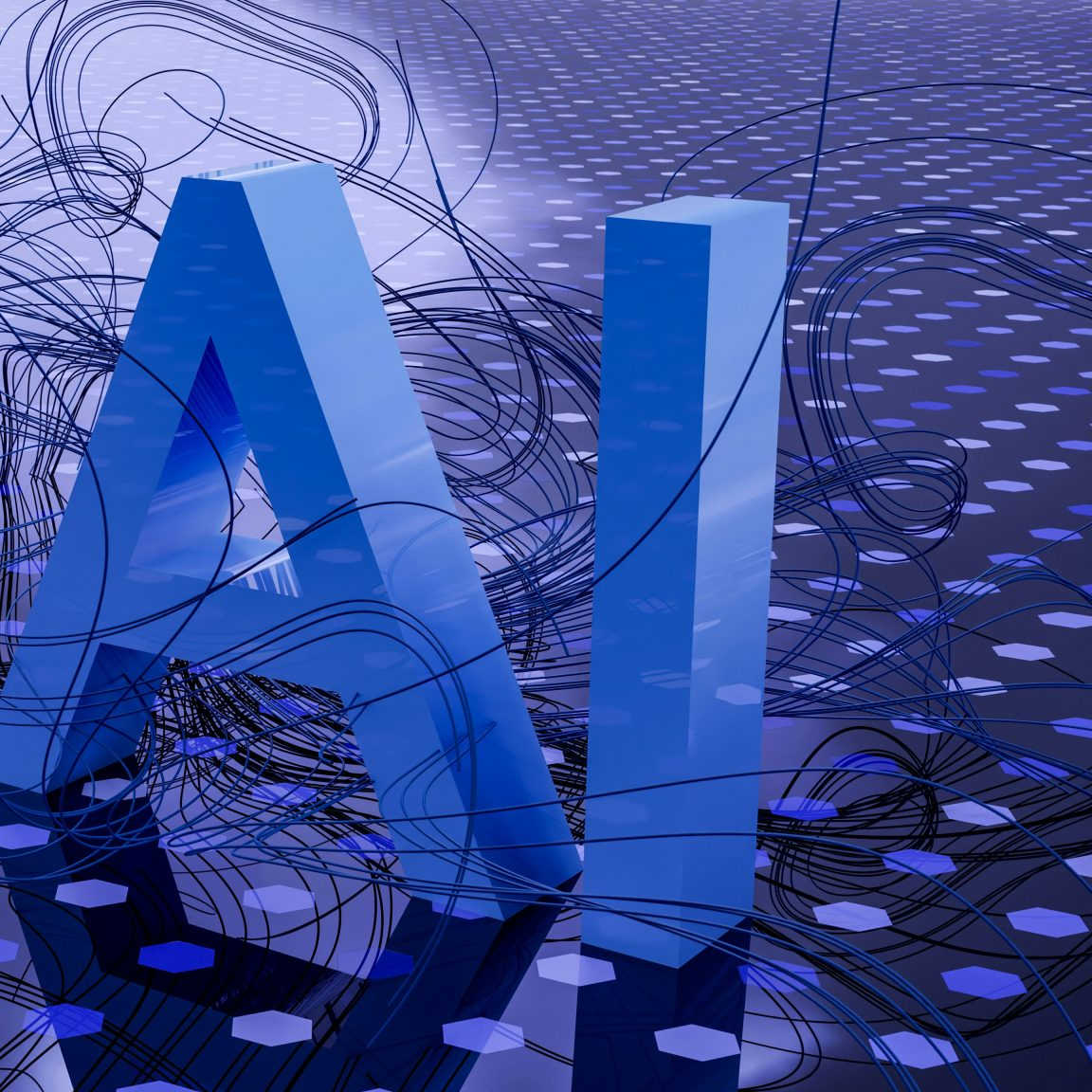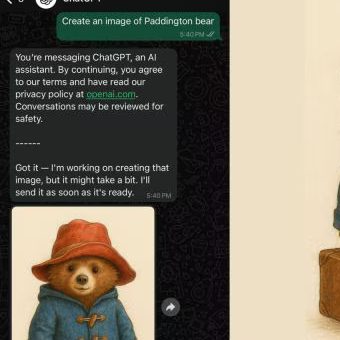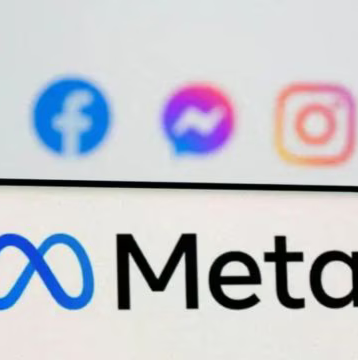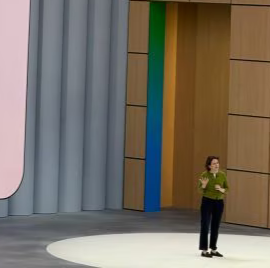The Limitations of Static Digital Profiles
As of October 2024, over 5.52 billion individuals were active internet users, with 67.5% engaging on social media platforms. Despite this vast digital presence, user interactions often remain impersonal, constrained by static profiles that fail to capture individual uniqueness. These profiles typically consist of basic personal data, lacking the depth to facilitate genuine self-expression or tailored content delivery.
The Advent of AI and Web 3.0 in Enhancing Personalization
The integration of AI and Web 3.0 technologies is poised to redefine digital interactions. AI, particularly generative AI, facilitates the creation of hyper-realistic digital human avatars, enabling users to express themselves more authentically online. These avatars, powered by advanced machine learning and natural language processing, can mimic human appearance, gestures, and speech, providing a more engaging and personalized user experience.
Web 3.0 further amplifies this personalization by offering a decentralized digital space where users have greater control over their data and interactions. This new iteration of the internet emphasizes user empowerment, privacy, and the creation of immersive experiences, allowing for more meaningful and individualized online engagements.
Practical Applications of AI-Powered Digital Avatars
The practical applications of AI-powered digital avatars are vast and varied:
- Brand Representation: Companies can utilize digital avatars to personify their brand in the digital realm, engaging with audiences through virtual events, marketing campaigns, and customer support, thereby enhancing brand presence and relatability.
- Content Creation: Influencers and content creators can leverage digital avatars to generate content, reducing production costs and time. This approach allows for consistent content delivery while maintaining the creator's unique style and persona.
- Customer Engagement: Digital avatars can serve as virtual assistants, providing personalized customer interactions that go beyond traditional chatbots, leading to improved customer satisfaction and loyalty.
The Role of NFTs and Utility Tokens in Avatar Customization
In the Web 3.0 ecosystem, Non-Fungible Tokens (NFTs) and utility tokens play a crucial role in avatar customization. NFTs allow users to own unique digital assets, enabling the creation of personalized avatars that can evolve over time. Utility tokens facilitate transactions within this decentralized space, allowing users to purchase advanced customization features, thereby enhancing their digital personas.
Looking Ahead: The Future of Digital Interactions
The convergence of AI and Web 3.0 technologies heralds a new era of hyper-personalized digital interactions. As these technologies continue to evolve, we can anticipate a digital landscape where interactions are not only more personalized but also more immersive and authentic, bridging the gap between the physical and digital worlds.
This transformation signifies a shift towards a more user-centric internet, where individuals have the tools and platforms to express themselves fully and engage in meaningful digital experiences.
Source: artificialintelligence / Chat GPT







